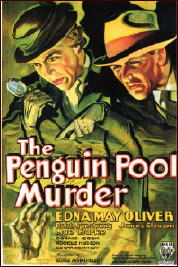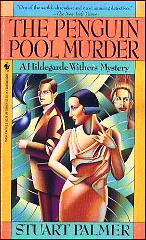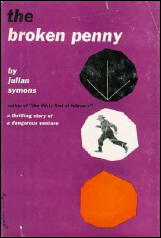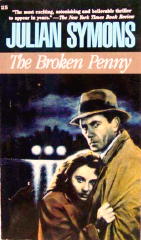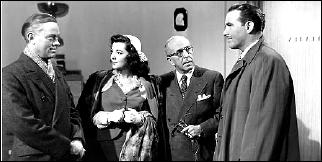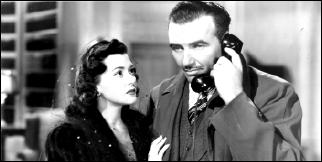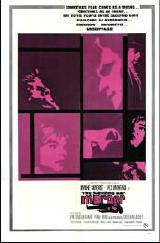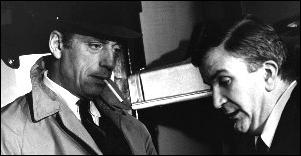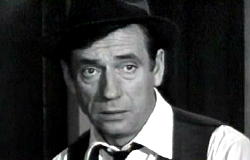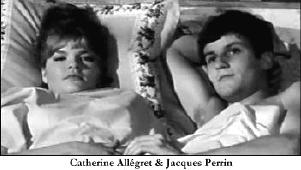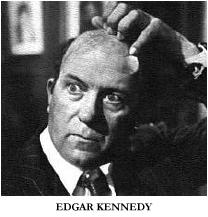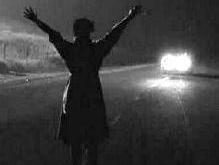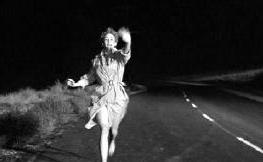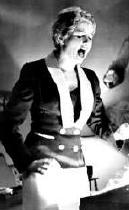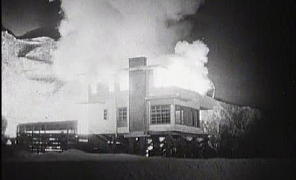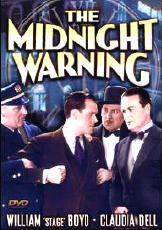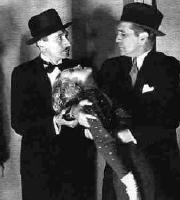A MOVIE REVIEW BY DAVID L. VINEYARD:

SO LONG AT THE FAIR. Gainsborough (UK), 1950; Eagle-Lion/United Artists (US). Jean Simmons, Dirk Bogarde, David Tomlinson, Austin Trevor, Honor Blackman, Andre Morell, Felix Alymer, Cathleen Nesbitt Screenwriters: Hugh Mills & Anthony Thorne, based on the latter’s novel (Heinemann, 1947). Directors: Terence Fisher & Anthony Darnborough.
Ah, this one is a charmer, and all the more fascinating because it is based on what well may be a true story. Simmons is Vicky Barton a young Englishwoman traveling with her brother Johnny (David Tomlinson) to the famous Paris Exposition of 1896. Her head is filled with romance and wonder and dreams of adventure — that are about to turn into nightmare.
The brother and sister arrive in Paris and check into their nice upper middle class hotel, they have a night on the town in which they meet British artist George Hathaway (Dirk Borgarde) who is living and working in Paris, and a balloonist who is making an ascent for the Exposition before returning home for an early night so they can take in the Exposition the next day.
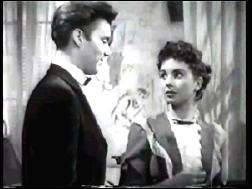
The day dawns bright and beautiful and Simmons goes to awaken her brother who apparently has slept in.
Only to find his room is no longer there.
Confused and more than a little panicked she calls on a maid. Who informs her there has never been a room there and no such room number as the one she insists her brother was staying in. She goes downstairs to the manager — and is told that she arrived alone, checked in alone, and they have never seen nor heard of her brother. Her name alone is on the reservation and her name alone is in the registration book.

Of course we’ve seen the brother so we know something is up, but from here on the film becomes a mix of thriller, detective story, and even a touch or two of the Grand Guignol as Simmons makes increasingly desperate attempts to convince the authorities in the form of a French Police Commissaire (Austin Trevor) and those around her she is sane and really has a brother before they lock her away, as no one seems to believe her, not even the British consul.
She remembers the balloonist and rushes to see him eluding those who want to lock her up, but arrives too late, he has made his ascent. And as she watches in horror his balloon bursts into flames and he falls to his death.
Finally she remembers the young artist who was so kind. And to her relief finds him. Of course he recalls her brother. But it proves no help. The police simply assume he is trying to seduce her by claiming to believe her preposterous story. After all, there is no evidence save the word of two foreigners, and why would the hotel lie, and risk a scandal during the most important event for tourism in French history?
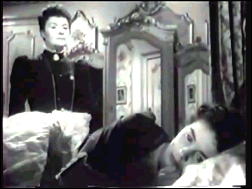
It all seems lost until Bogarde’s artist eye takes in one telling detail.
The hotel has one more balcony on the brother’s floor than it has rooms …
I won’t give away the secret, save to say it is both shocking and offers a touch of almost gothic horror to the proceedings — something both horrible and yet not only believable, but in this case possibly true.
A film like this lives on the qualities of cast, script, direction, and almost as importantly the costumes and sets, and this one is a beauty to look at. Terence Fisher, who would helm many of the best of the famed Hammer horror films, directs with a sure hand, and Simmons’ fine balance between hysteria and spunk keeps the viewer pulling for her even we start to doubt what we have seen. The Paris of the Belle Epocque is evoked with real skill, and you may not even notice that all the French have British accents. At least you may not mind.
This is a small gem of a film, and should be appreciated in that spirit. It’s what might be called a “curious tale,” and taken in that spirit, it is both mystifying and intriguing with a payoff as good as any murder, spy, or horror film. Plus there is the bonus that this one may have actually happened, if not exactly like this.
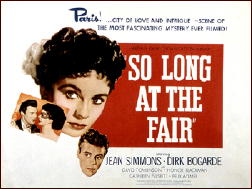
It’s a perfect little film that achieves everyone of its modest goals and does so with such charm and ease it puts many bigger and more ambitious films to shame. Approach it in the right mood, and the right frame of mind, knowing it is as much a cautionary fable as a suspense film and you’ll find it succeeds at what it sets out to do.
There is some question as to whether this tale ever really happened, and if it did during which French Exposition, but it’s a great story true or not, and handled here with the maximum of style and skill. Let the historians argue about the facts and enjoy the fiction, and next time you travel, carry a camera — and maybe a few witnesses. You never know when your hotel room is going to disappear.
Note:
Austin Trevor, who plays the Police Commissaire, was well suited to play detectives. He had previously played Hercule Poirot and Philip MacDonald’s Anthony Gethryn. It was a photo of Trevor as Poirot that accompanied the obituary for the character that ran in the New York Times upon the publication of Curtain.
